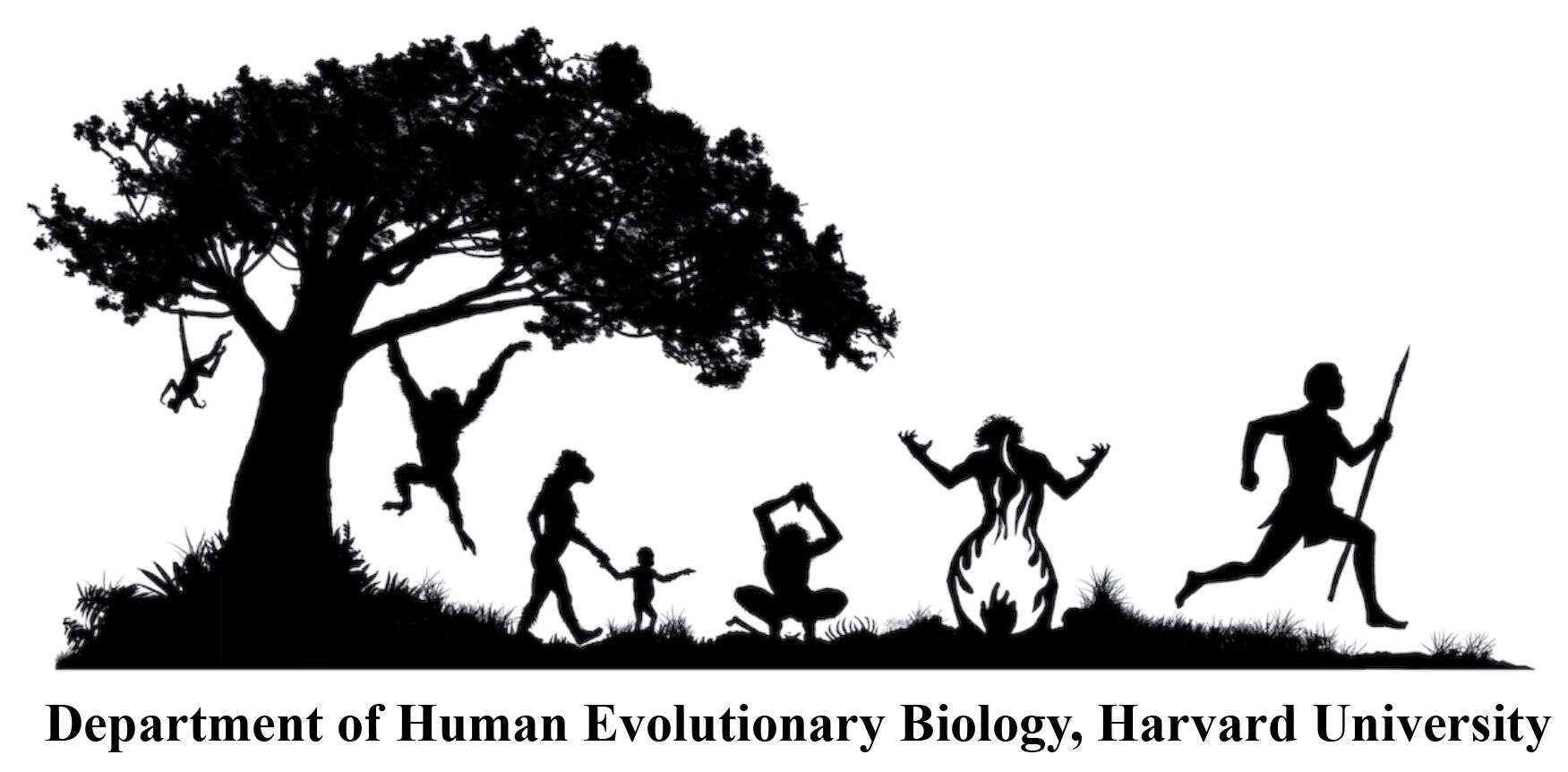Research conducted at the Department of Human Evolutionary Biology on human and non-human primate evolution and anatomy integrates field, experimental and comparative approaches to study the evolutionary forces that helped shape distinctive aspects of non-human primate and human anatomy.
Major topics of research include:
- Behavioral reconstruction and evolutionary relationships of Miocene apes
- Faunal and environmental change during the last 30 million years
- Reconstructing the last common ancestor of chimpanzees and humans
- The evolution and biomechanics of hominin locomotion, including both walking and running
- The evolution, development and biomechanics of the hominin skull
- The evolution of human life history
- Use of dental tissues to resolve taxonomic, phylogenetic, and developmental questions about great apes and humans
- The evolutionary biomechanics of musculoskeletal problems such as lower back pain, lower extremity injuries, malocclusion, and more

